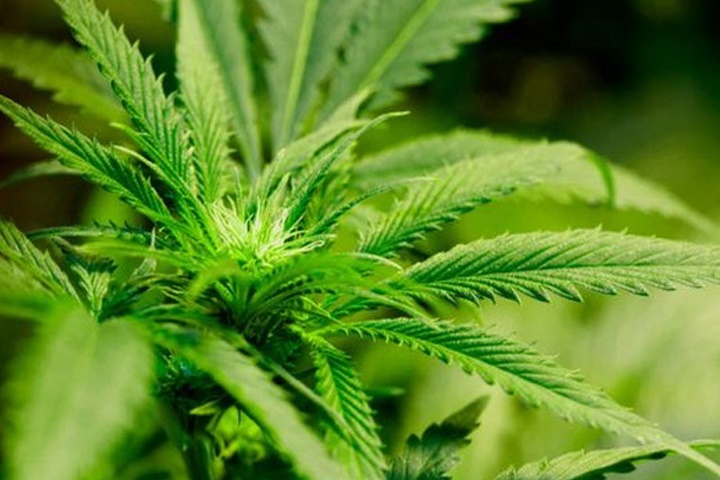
Osmosis is how your marijuana plants stay in the right position, retain the proper tension in their cells, keep buds performing well, and get all of the nutrients it needs. The best part about osmosis – it doesn’t use energy.
This article covers:
What is osmosis
Nutrients absorption by osmosis
Reverse osmosis
Plasmolysis and turgor
What is osmosis
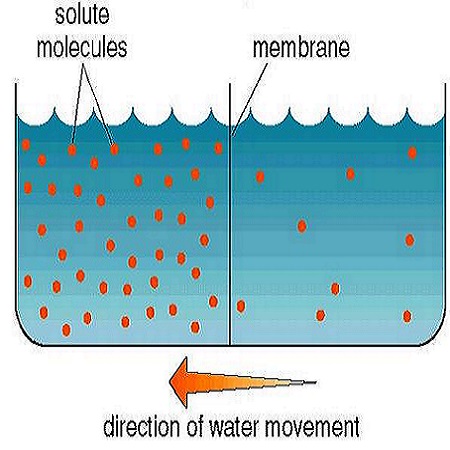
Osmosis keeps your plants from lying flat on the ground or wilting. It does this by maintaining the correct tension in the cells. This process happens not only in plants but also in most things in nature.
One example is how a liquid with some sort of dissolved solid seems to ‘pull in’ pure water. You may have seen this when you have two containers with water in them that is sealed off by a semi-sealed membrane. What happens is: the water will go through the membrane, but the solutes (whatever they might be) do not.
The science lesson here is that water moves to where the concentration of dissolved liquids is higher. The result is a dilution. This process does not require any energy and it will continue until an equilibrium is reached.
Cells work in a similar manner. Just like their vacuoles inside of them, the semi-permeable membrane of the cell store and keep certain materials out. The cells store important sugars, nutrients and proteins while allowing water through and keeping most solutes out. The water will continue to flow in, being attracted to the high concentration within the cell, only stopping until equilibrium is met. The cells swell as a result.
With all of this water flowing into the cell, the cell well must work hard to keep from popping. This causes a strong counter pressure that helps plants stand tall and better reach their light source.
Osmosis also has another important function in plants – it helps with the opening and closing of the stomata. The stomata regulate how a plant “breathes.” Read more in the article The function of stomata in marijuana plants
Nutrient absorption by osmosis
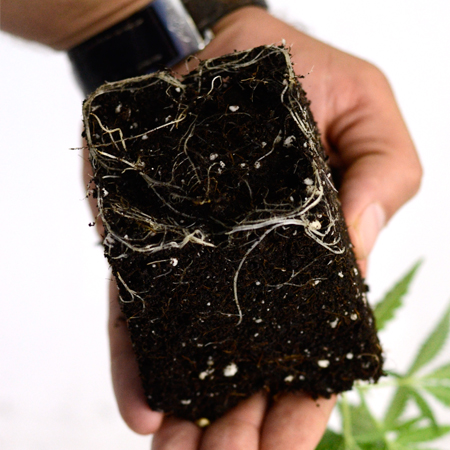
In a cannabis plant, nutrient absorption occurs in the roots. This includes the absorption of the dissolved salts located inside the nutrients (which requires osmosis). With nutrient absorption, osmosis causes ions to move from an area of greater concentration to one of lower concentration. Its ability to this is referred to as its osmotic pressure.
The process of osmosis is rather simple, what’s more important is the amount and type of substances you have on either side of the cell membrane. Some substances that you would typically find both inside and outside of a cannabis’ cells are potassium (K), nitrogen (N), and phosphorus (P) ions. Keeping these at the right level are critical to a marijuana plant’s health.
Here is osmosis’s role in nutrient absorption. If a marijuana plant has used up some of its nitrogen ions, for example, it will automatically pull in more nitrogen from the outside. Once equilibrium has been met, no more movement will occur. However, if any of the levels drop, either outside the cell or inside the cell, movement will occur again. For example, sometimes phosphorus could be pulled out of the plant and cause a deficit. This occurs when there are more phosphorous ions inside the plant than in the water outside. If you want to know more about nutrient absorption, make sure you download my free marijuana grow guide.
Reverse osmosis
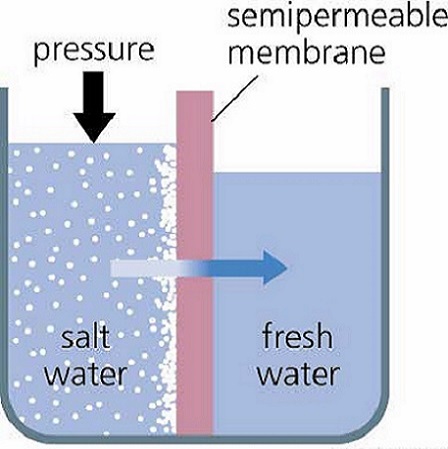
Reverse osmosis is a different process. It is used to remove dissolved salts from water. Reverse osmosis is used in laboratories, kidney dialysis, and a little bit when making soda or beer. Guess what else – it’s also used when growing marijuana.
Many people think about reverse osmosis in terms of their water. Most of the time, you won’t need to worry about how much dissolved substances are in your tap water. Even if the water you use for your plants has a high amount of chlorine, it isn’t that big of a deal. Of course, there are some growers who want to control everything that is put into to their plants, and there are ways to do that. Try using demineralized water and then add the necessary nutrients, but again, this is optional.
So we know with osmosis that a semi-permeable barrier partition allows water to flow between liquids with different concentration of solutes. This is an automatic process that cannot be prevented, however, it can be reversed. The way to do this is by putting pressure on the more concentrated solution. This pressure will prevent water from going through the membrane. The amount of pressure needed for this to occur is called osmotic pressure.
Download my free marijuana grow guide and learn to grow like a pro!
With enough pressure, the flow can be completely reversed. Water molecules will start going to the less concentrated liquid instead of automatically achieving equilibrium. This is reverse osmosis.
If you think about it like it was “clean” or “dirty” water, putting pressure on the dirty water can produce pure water on the other side. This is how many clean (or demineralized) water solutions are produced. On the other side, a liquid or brine with a very high amount of salts is produced. Pure water produced by this method will have a pH level of 7 and an EC that’s nearly 0.
If you decide to use demineralized water for your plants, keep in mind, there could be a lack of magnesium or calcium. Find out by learning everything about your current tap water first. Many cities make this information publically available. (It’s referred to as the hardness level) Generally speaking, when you use tap water for your plants, it typically gives a high amount of magnesium and calcium. When you use reverse osmosis on tap water, it takes these important minerals out of the water.
Plasmolysis and turgor
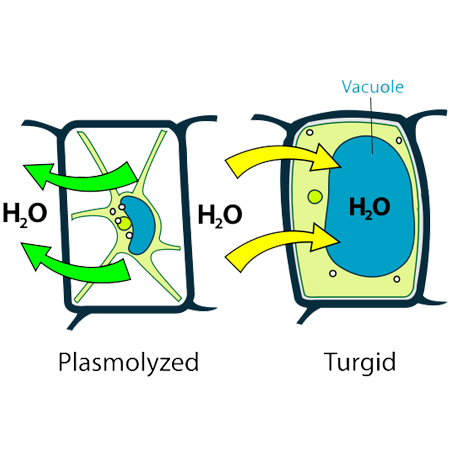
Turgor is the amount of pressure exerted on a cell wall. This is caused by a cell’s ability to draw water from spaces between cells or other cells. When this pressure increases, it cause the cell membrane to expand and stretch until it touches the cell wall. Then, the cell wall gives counter pressure. Think of it like a box that is pushing back on a balloon being blown up inside of it. That balloon is only going to get but so big.
Turgor causes the stiffness that we see in plants. When there is not enough water, there is less turgor (i.e. the osmotic value of the outside area is greater than what is inside). When there is not enough turgor, cell membranes begin to break off from the cell wall in a process called plasmolysis. Plasmolysis is very bad; mostly because a constant state of plasmolysis causes cell death. No one wants dead marijuana plants… at least not until their done growing.
Thanks for reading. Don’t forget to download my free grow bible and happy growing!